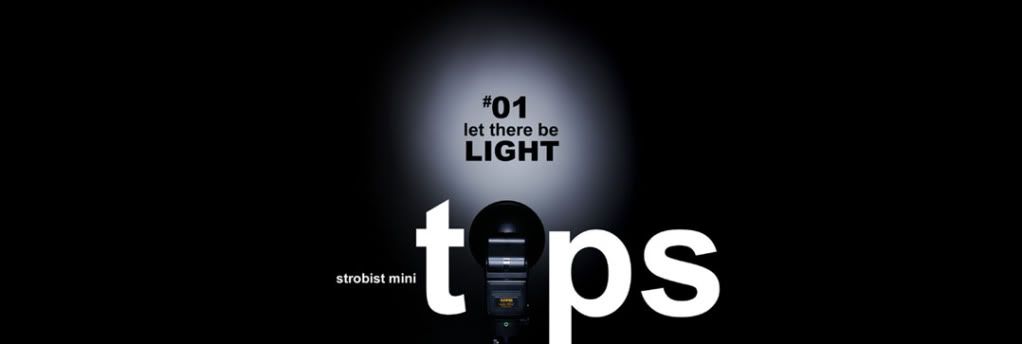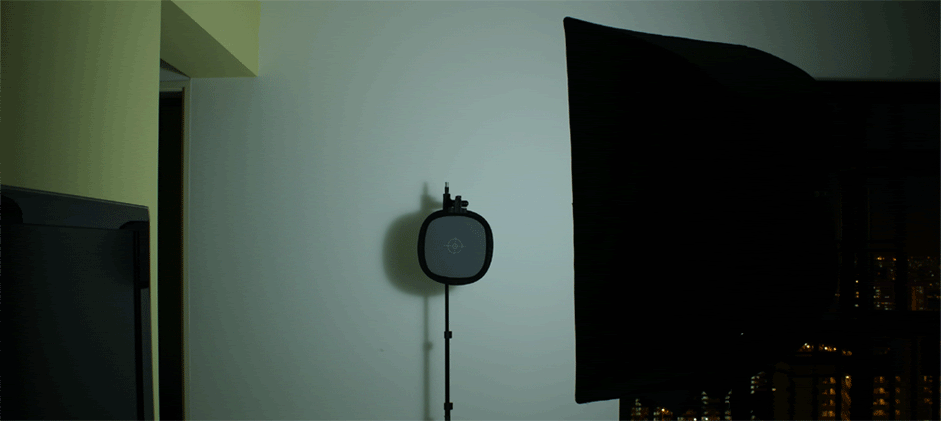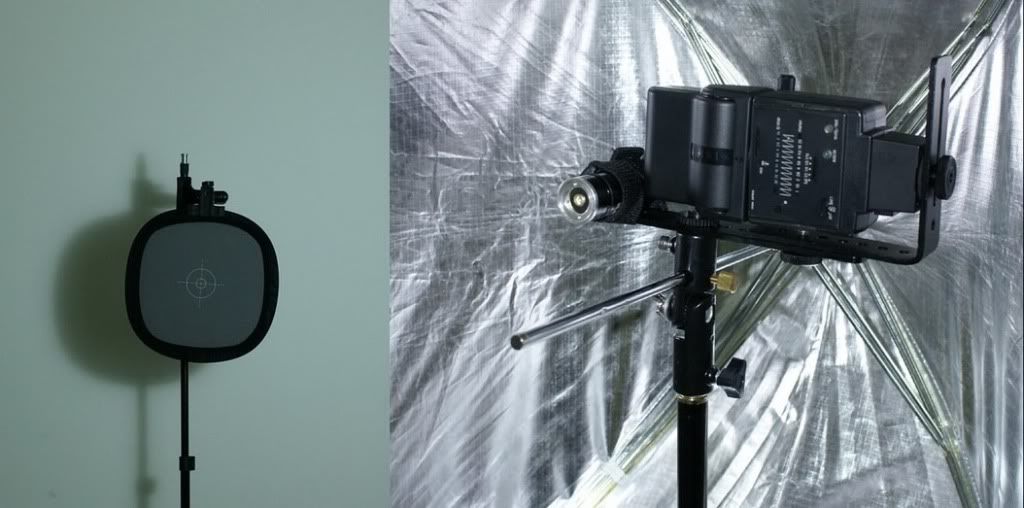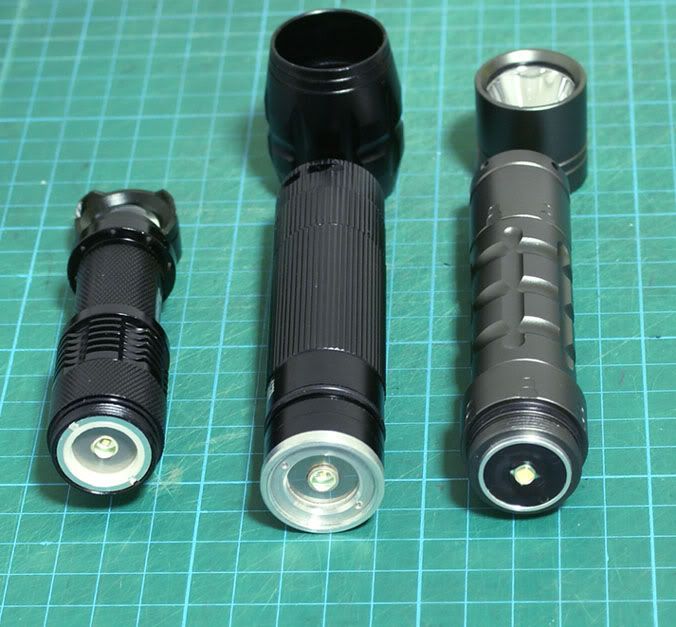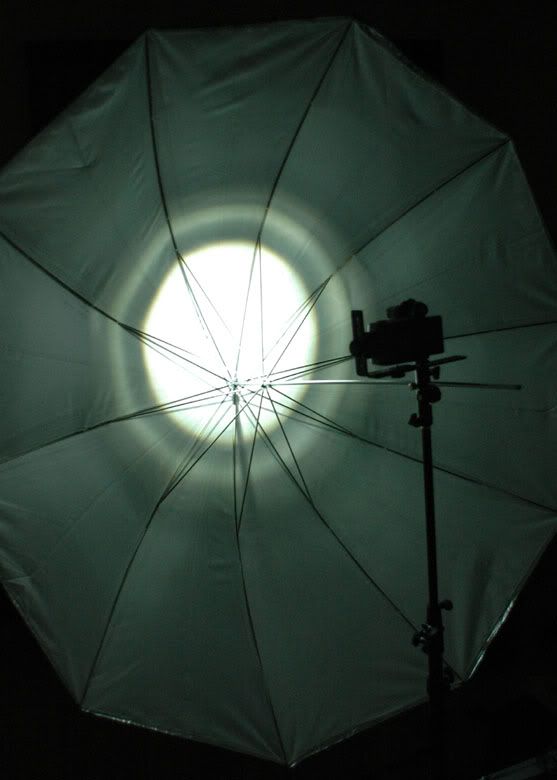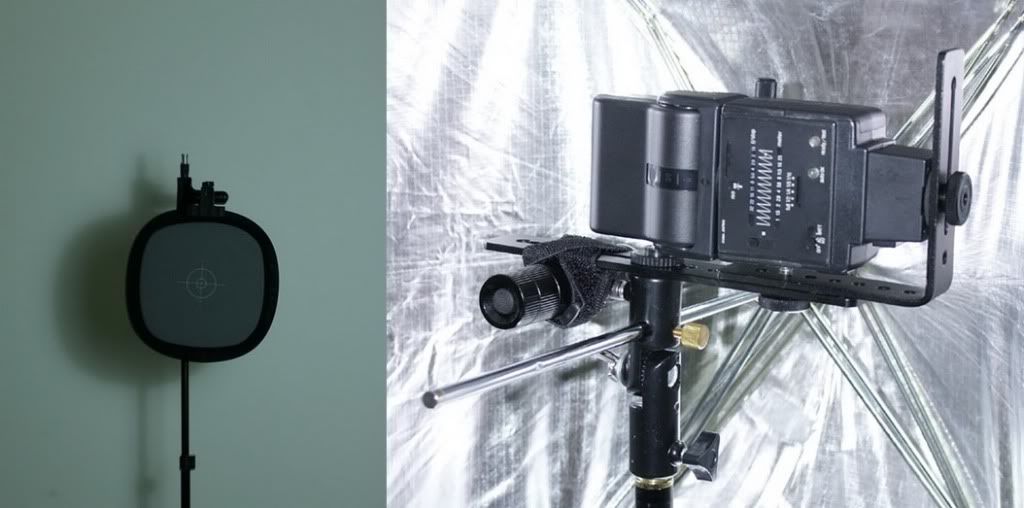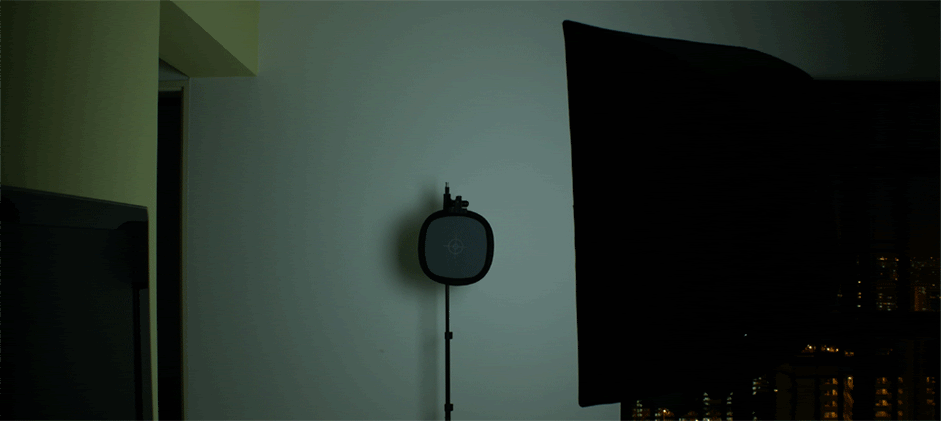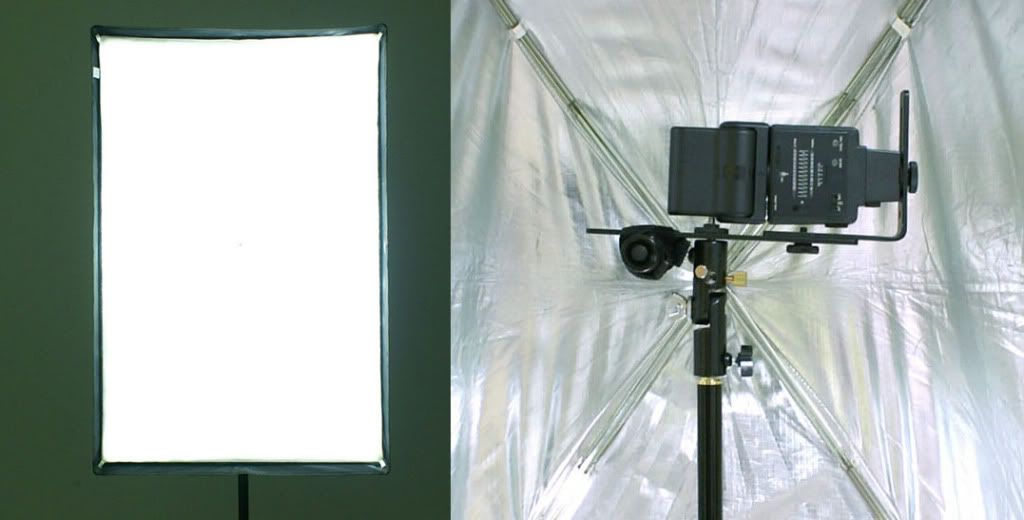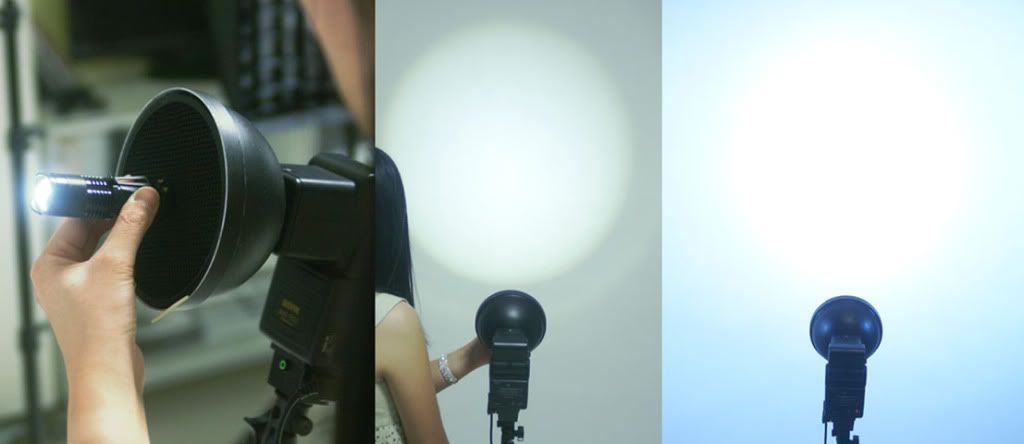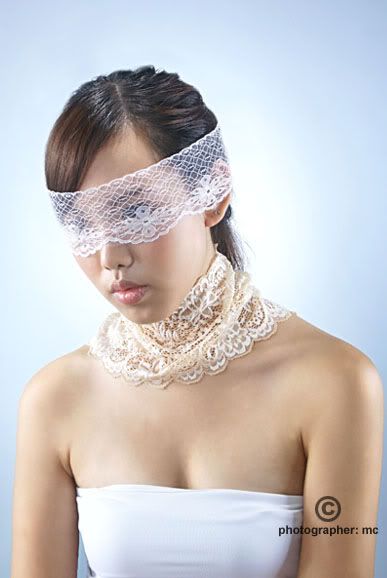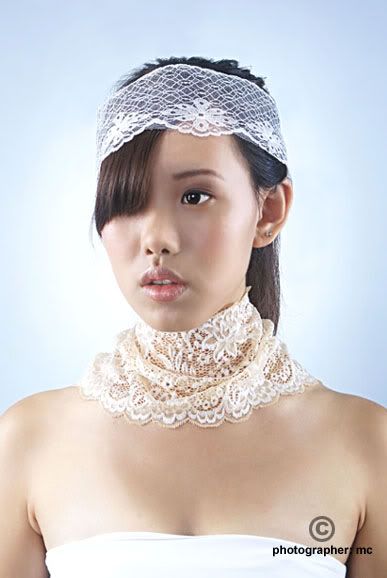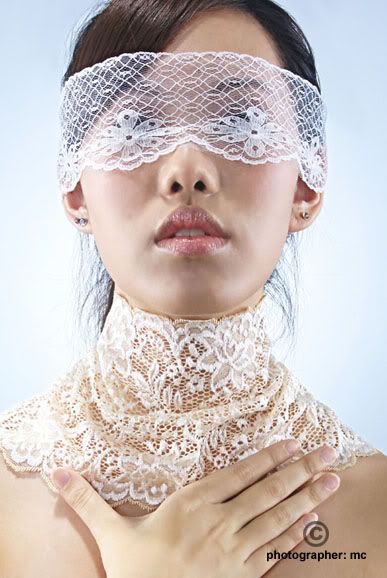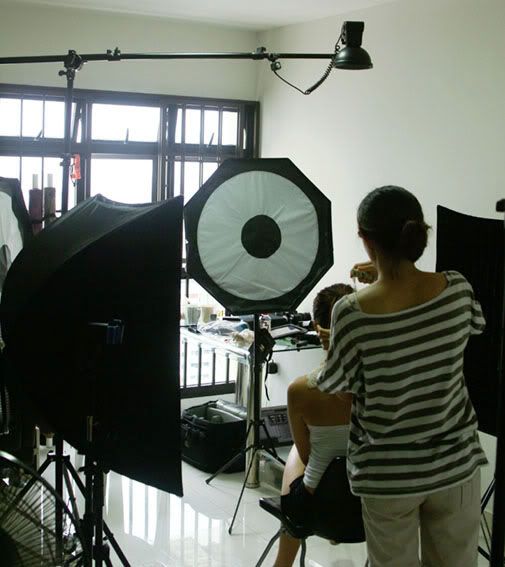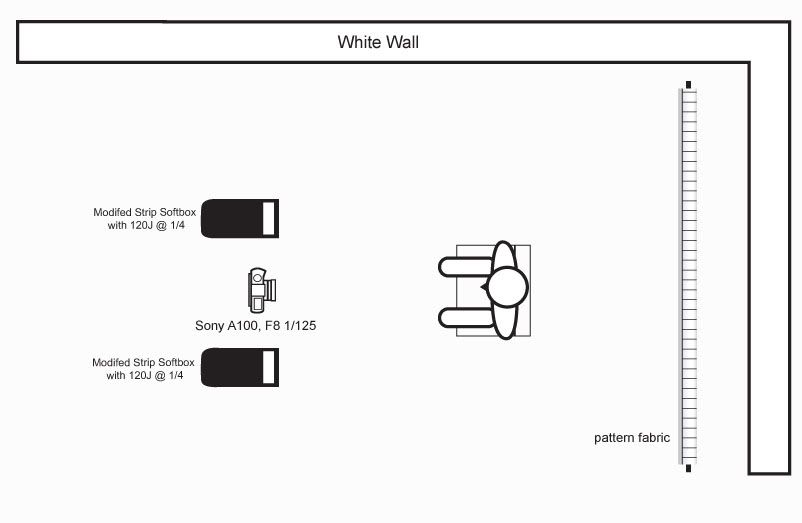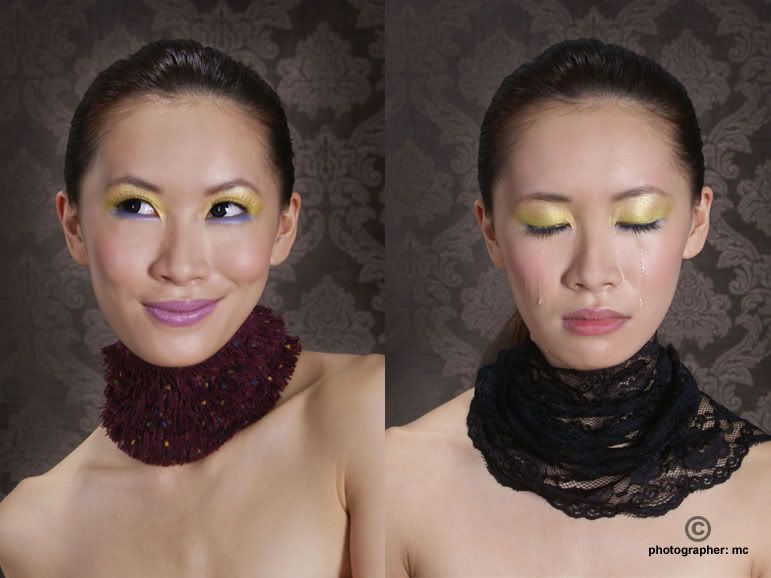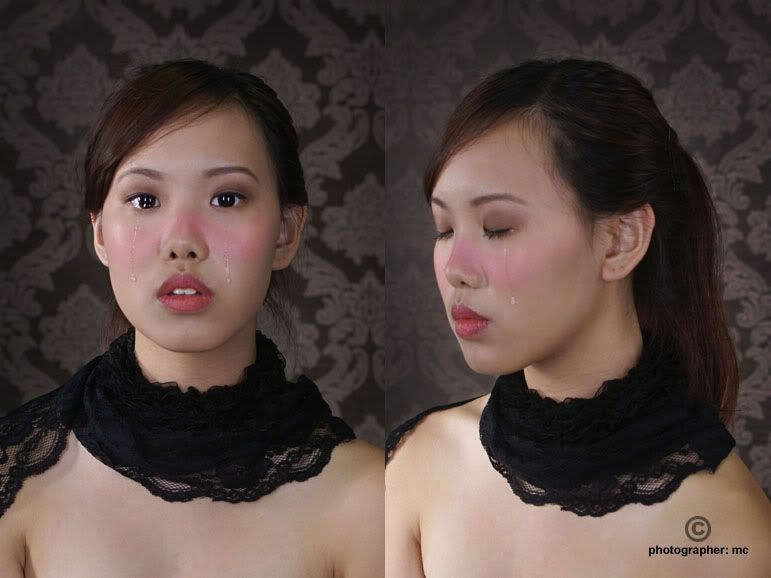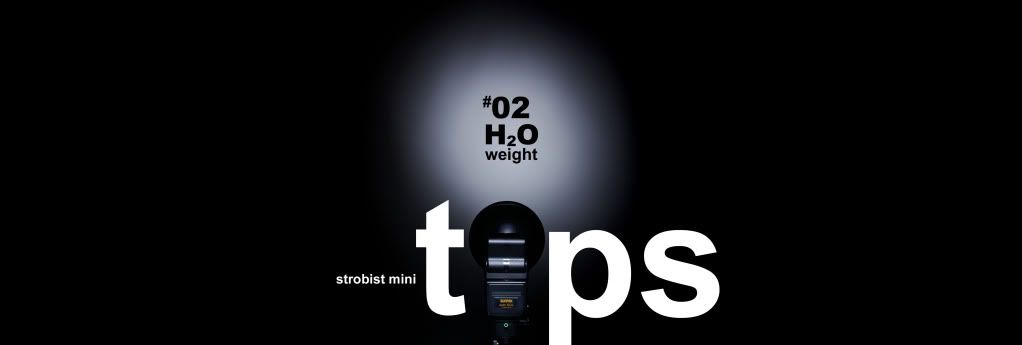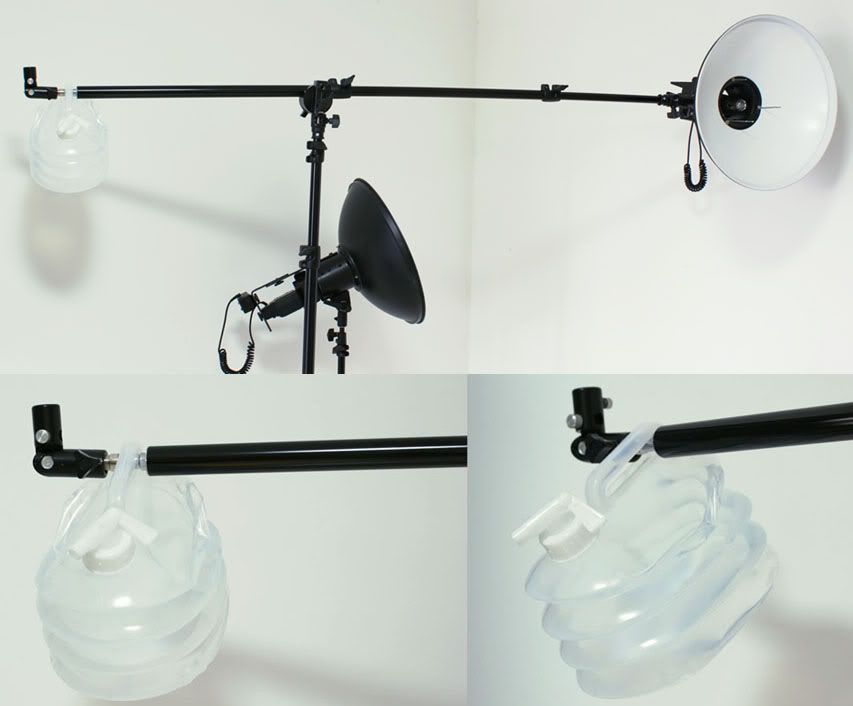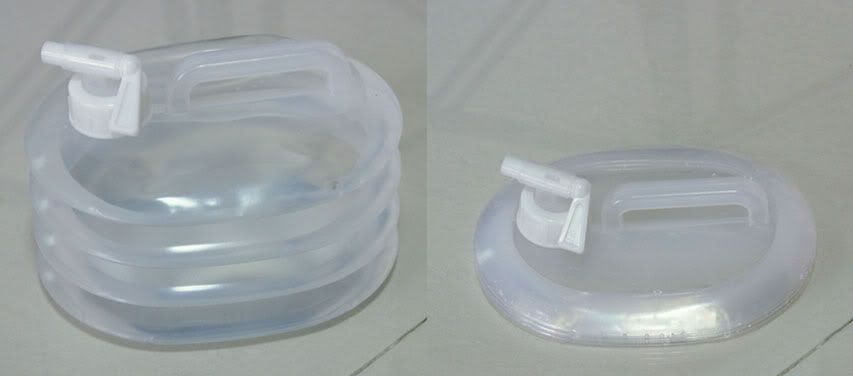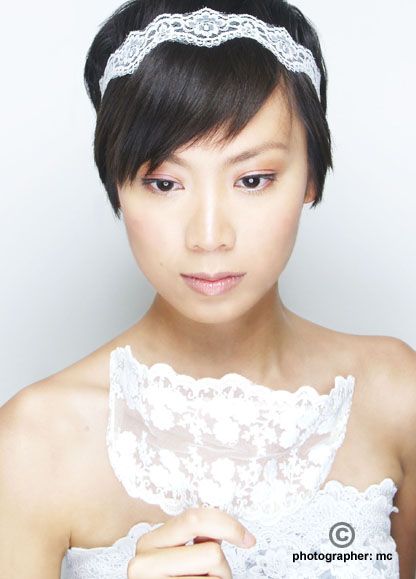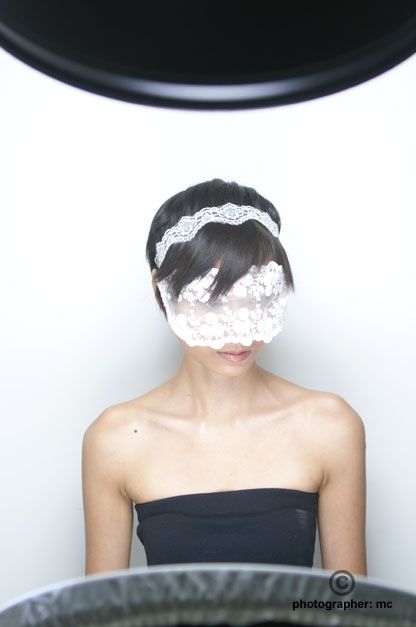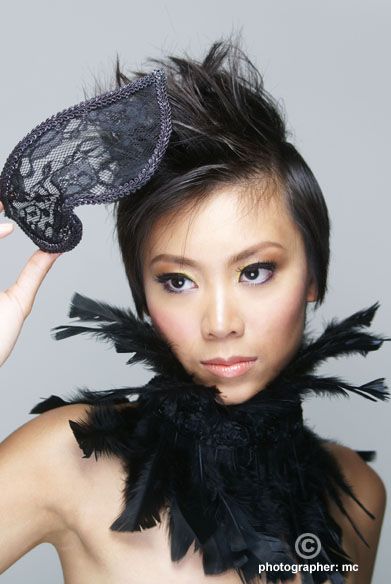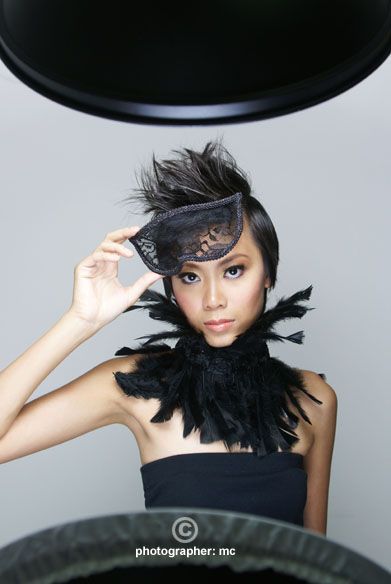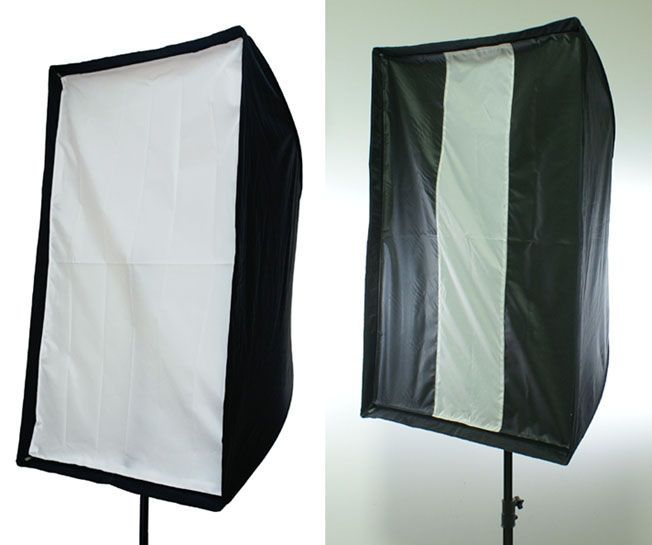Hi all, Its been months since I shoot the first part of LACE. Next week I will be shooting the second LACE shoot with new models and new lighting techniques I like to try out. So I think its good idea to wrap up by posting a few more photos from the first LACE shoot and explain why I made the models in tears when coming to the end of that photo shoot.
The second part of the shoot was a short 15 minutes for each model. April's shoot went very well and I have got the images that I want and really like. So for the last frame. We decided to do something fun and new to us. All 3 of us went to my iPad mood board and swapped through the photos on it to seek some inspiration. We came across this very beautiful Modern Gothic Style image of a lady with her eyes closed and tears flowing down her cheek. Yes, this is the one! Immediately it got us very excited, but wait! How are we going to pull this off? We paused for a few short seconds...
Thinking thinking... any idea? How about the crying babies by Jill Greenberg? Honestly speaking during that short few seconds of deep thoughts. Greenberg crying babies never came into my mind even though the first shoot was largely inspired by it. Really stupiak (stupid + a piak on my face) of me... BTW FYI, what Greenberg did was, she will give a lollipop or sweet to these kids and while they are enjoying it. She will snatch it from them by surprise. And voila we have crying kids.
Now back to my deep thoughts. I suddenly recalled an old article I read from a magazine of a photographer who shoot a credit card ad which required a female model to cry very sadly and looked real. At first, the photographer tried
eye drops and make up effect. The photographer don't like it at all. Instead the photographer sat down with the model and start talking about saddest things in life. The model start to cried (real crying) when she talk about her grandma who passed away. The photographer immediately picked up his camera and start shooting. It became a great ad photo.
I found the answer in a yes, no, yes way.
YES, this might work,
NO I am not going to make April cried for real and make her day miserable after the photo shoot. I am going to use the eye drop method, and coincidentally few days back I bought two boxes of disposable capsule type eye drops from Watson at a great bundle price.
YES!
Since Vanessa was ready for her second shoot, and I don't want her to wait too long. I asked Wyn to help me think of a way on how to execute it in 1 minutes time frame while I go and changed the SUNPAK 120J with new batteries so they can recycle faster. One minute later, Wyn have an eye drop capsule in her hand, April have a box of tissue, I have a camera and we are ready to go.
After finished shooting with 7 lights, I am sort of overwhelmed and a bit tired. So I decided to tone down the lights from 7 to 2.
Now, I know the photo on the left April was not crying. I just put it in to form an interesting spread. Sort of a Yin and Yang approach. There is a slight in-perfection on the shoulders in term of layout but heck I still love it. Now come to execution, how Wyn did it was simple, she will stand beside April who was sitting with her head tilting up. Wyn will than drop the eye drop into her eyes and jump off from the frame and I will take the shot. For my side, I will pre-focus on April eyes before the eye drop was release. And since I am shooting at F8, I pretty much get the whole face in focus. It was a hit or miss method. The first 4-6 tries was misses. I got two okay shots on the 7-8 tries. April being a great sport was okay to go for a second time with a new eye drop capsule and I manage to got the shot above.
Vanessa's term, love the one on the left with the watery left eyes filled with eye drops (tears).
Lastly I am going to say a Big Thank You again to April, Vanessa, MUA Miss Ronalou and stylist/old friend Wyn for believing in me and help me kick start LACE. Thank you so much ladies.
Continuous Fluorescent Light (Technical),
Photography with Continuous Fluorescent Lights
